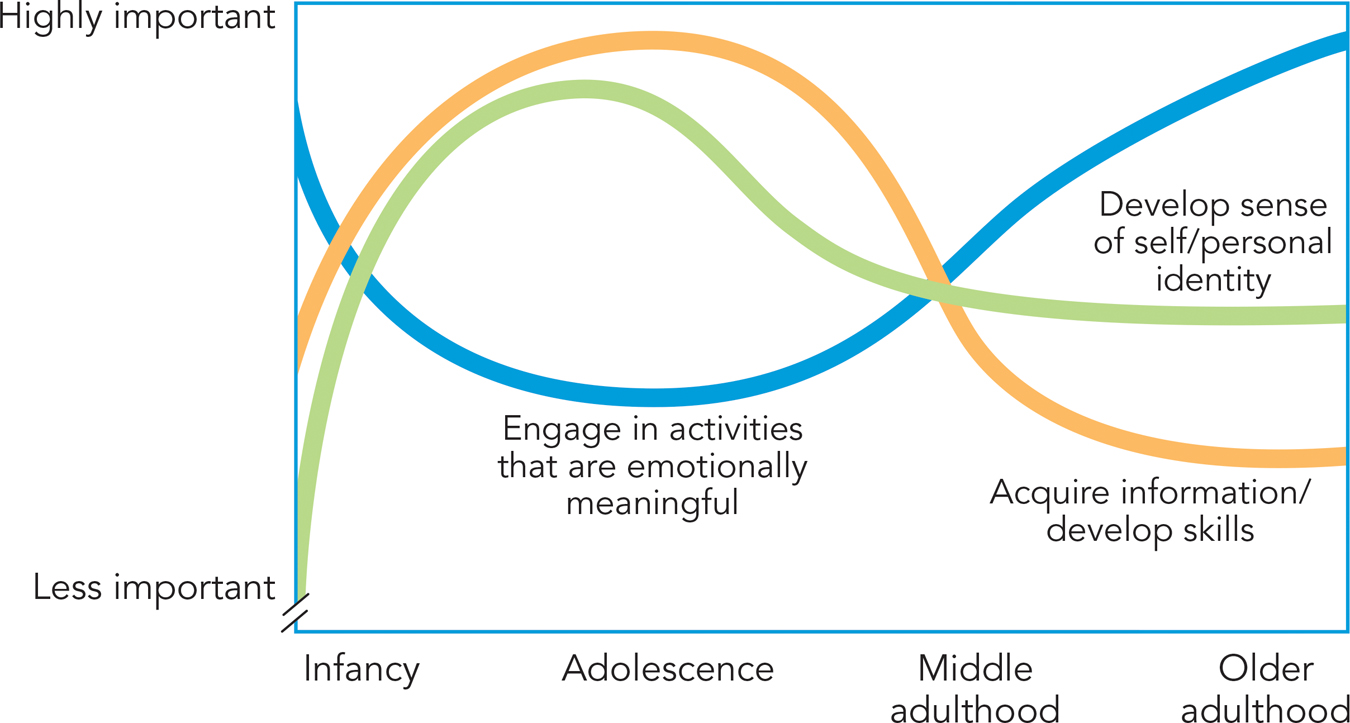
figure 14.18 Socioemotional selectivity theory Carstensen’s socioemotional selectivity theory predicts that the salience of social motives—